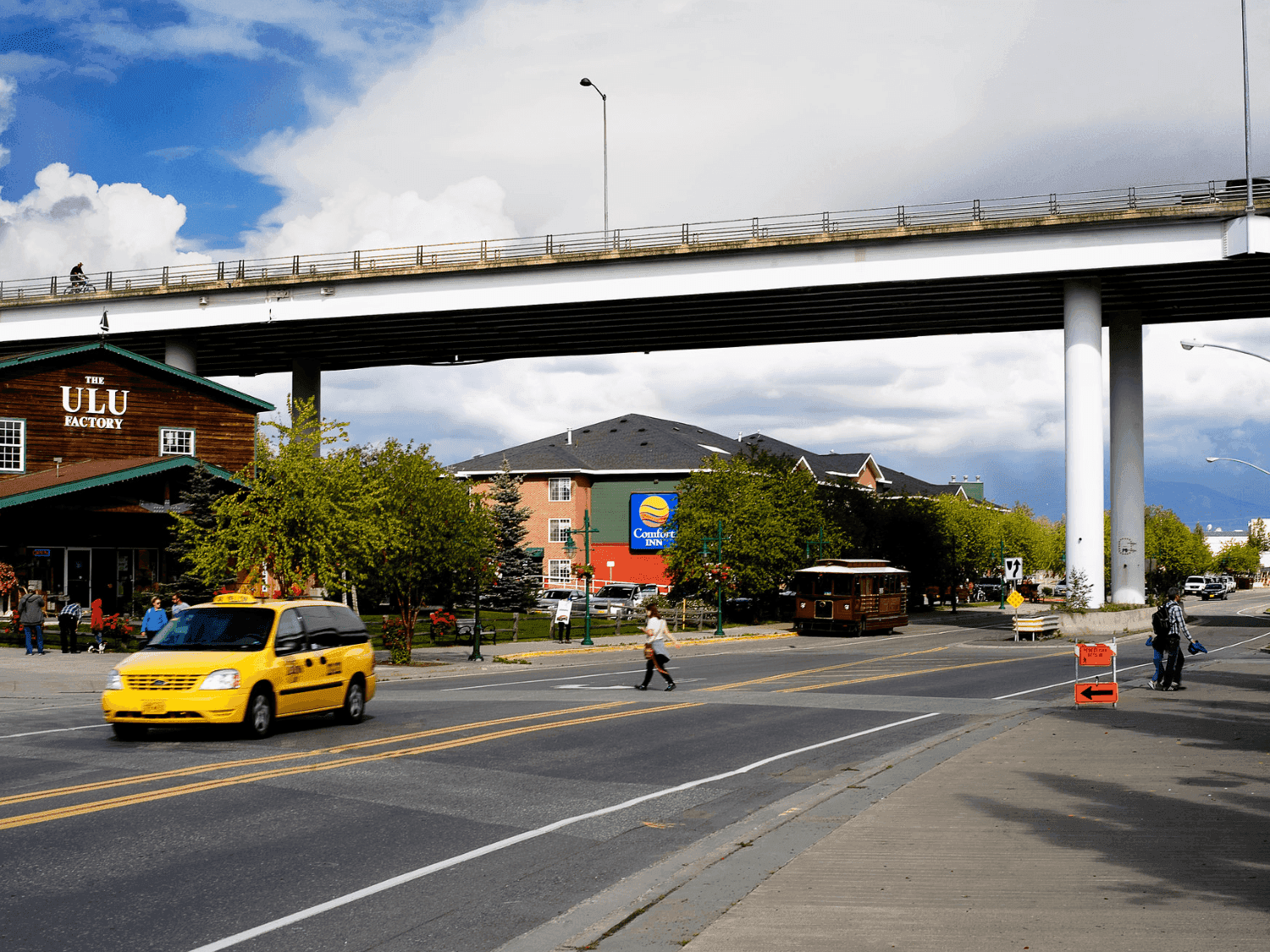
News
By Heidi Simon, November 7, 2024
Troubling trends in two very different places highlight the urgent need to focus on systemic change to prevent additional deaths.

Pedestrian fatalities continue to make headlines as community members are killed after being forced to travel in unsafe environments. One of the obstacles to achieving real change is the fact that we continue to treat crashes as individual events and not indicators of larger systemic issues. Doing so allows, even encourages, decision-makers to focus time, resources, and attention on solutions that will only chip away at the 7,522 fatalities taking place each year. Two recent examples, one in Albuquerque, NM, and one in Anchorage, AK, stood out as showing that these individual crashes can and should tell a different story.
Media coverage of a recent crash in Albuquerque, NM buried a detail that should have made headline news across the city—a 3-mile portion of Central Avenue has seen 34 pedestrian fatalities so far in 2024. That’s 15% of the total fatalities reported in Albuquerque over a 5-year period taking place in this one location over 10 months.
When each crash is viewed in the singular, it is hard to receive the message that this dangerous stretch of road is clearly trying to send. The causes that are reported (“pedestrian error”) are a single contributing factor to an event that is actually informed by multiple variables and the solutions that are recommended are, as a result, reactionary. This will do little to address safety in a way that would prevent future crashes. It puts the focus on individual behavior, too often the victim’s, when instead these repeated crashes should be an urgent call to action to take a serious look at how the street is designed and how it can better provide for safe mobility of the people using it.
Anchorage, Alaska is experiencing its own troubling trend in pedestrian fatalities. Drivers have killed 13 people walking so far in 2024 in the city, already outpacing the entire state's annual average of pedestrian fatalities. Community members, advocates, and decision-makers are understandably alarmed but are taking a different approach than the discussion found in Albuquerque. City and state officials are looking at solutions that include possible speed limit reductions, ways to improve lighting and visibility, and education for drivers on the dangers that come with increased darkened conditions. They are pushing back against the narrative that the cause might be tied to individual behavior and are discussing the ways that existing policies might limit their ability to create the change they want to see.
While these actions are taking place in response to the devastating individual crashes, by looking for patterns and recognizing the failures within the system, Anchorage is not only reacting to individual behavior but addressing dangerous conditions—a choice that can make a significant difference in preventing additional deaths.
These two examples highlight the need for urgent action around the pedestrian safety crisis and two very different ways of approaching it. Pedestrian fatalities are taking place because we have spent decades building environments where it is unsafe to be outside of vehicles. We will only see real progress when we have the willingness to acknowledge that and the commitment to transform the environment and systems at the root of the problem.
Related News

© 2026 Smart Growth America. All rights reserved
Site By3Lane Marketing










